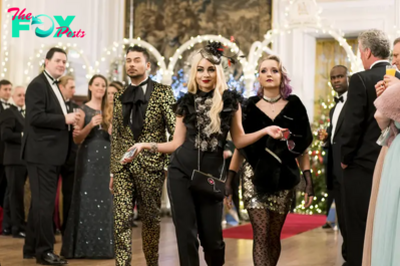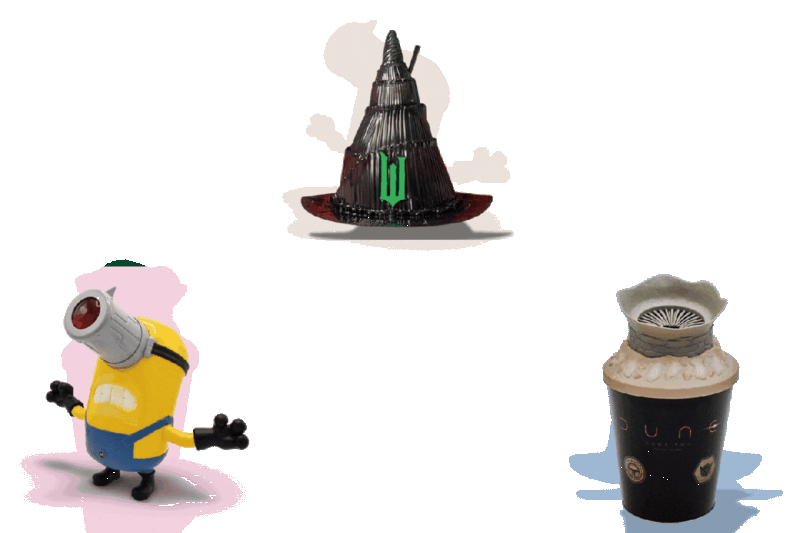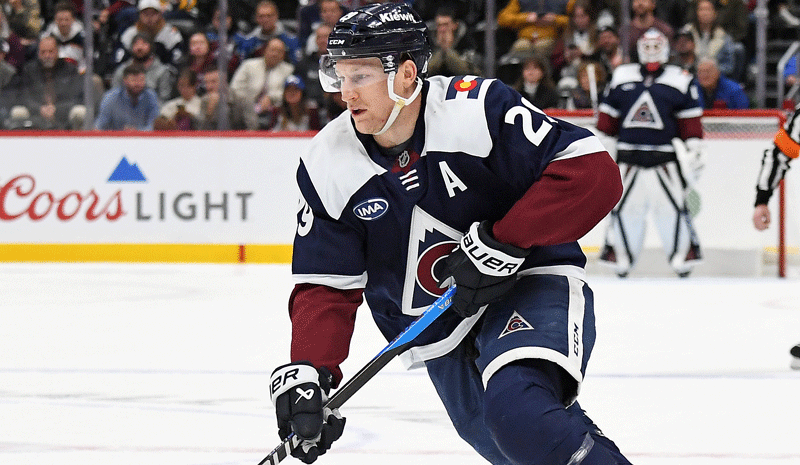Entertainment
Good Riddance to The Good Doctor
A few years ago, a friend of a friend declared that he wanted to pick my brain about The Good Doctor. He’d recently learned that I was an autistic culture writer and was eager to hear my feelings on the hit ABC medical drama’s fictional portrayal of a promising young surgeon on the spectrum.
I gave him what had become my stock answer by that point in the show’s existence: I found it comPetent, if not to my taste, as a primetime drama, but frustrating as a portrayal of an autistic human being. With no openly autistic people in the writer’s room or cast, the show in general and the character of Dr. Shaun Murphy (Freddie Highmore) in particular struck me as more of an amalgamation of non-autistic people’s misconceptions, fears, and fantasies about autism than a nuanced exploration of what it’s actually like to be someone like me. I added that it was alienating to watch so many people adore autistic characters like Dr. Murphy or autistic coded characters like The Big Bang Theory’s Sheldon Cooper while showing markedly less enthusiasm for their real-life counterparts or the stories we wanted to share with the world.
He then informed me that it was actually a good show, because it taught him about autism and made him more empathetic to autistic people and our plights.
As The Good Doctor, which was the highest-rated new show of the 2017-2018 season and remained in the top 30 for the majority of its run, wraps up this week after seven seasons, I can’t think of a better illustration of how a show that purported to explore the complex humanity of its titular character often treated flesh and blood autistic people as little more than props at every level. The writers, showrunners David Shore and Liz Friedman, and Highmore were all afforded the creative freedom to craft and inhabit a character who was significantly different from themselves without any of the challenges involved in actually living like him—or any obvious concern as to how those of us who do might receive their efforts. Even their autism consultant was non-autistic. Other non-autistic people were able to watch their caricatured results for Entertainment and alleged Education, pat themselves on the back for their open-mindedness, and occasionally lecture autistic people about their new and improved autism awareness.
Even the backlash that briefly erupted last year when a particularly egregious clip of Shaun having an autistic meltdown circulated on social media was largely by and for non-autistic people, outside of a refreshingly thoughtful article featuring quotes by multiple autistic experts in medicine, advocacy, and culture in the Washington Post. I found the line between people who claimed to be mocking The Good Doctor’s portrayal of certain autistic traits and those who had gone all in on making fun of the traits themselves muddy at best, but non-autistic people were very quick to inform me that they were definitely laughing with me, not at me.
Over the course of its first six seasons, The Good Doctor failed autistic people by depicting Shaun as more of a hodgepodge of autistic stereotypes—a “cardboard cutout of what people believe an autistic person should be like” as activist Lydia Brown put in the aforementioned Washington Post article—than a fully realized character. Dr. Murphy often behaved in ways that didn’t reflect who autistic people are and how we interact with the world. In one particularly egregious example, Shaun demonstrated a level of ignorance and transphobia toward a patient that the show seemed to chalk up to his autism. Given that trans and nonbinary people are up to six times more likely to be autistic, his response made no sense. An autistic person in his position would have at least some familiarity with trans people.
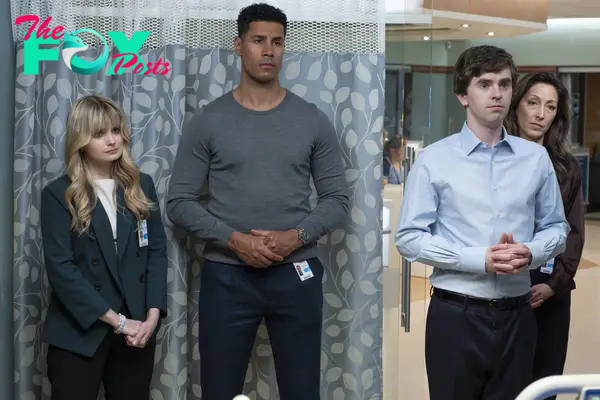
The series showed some hope of improving its autistic cred in its final season when it brought on an autistic actor, Kayla Cromer, as Charlie Lukaitis, an autistic med student who was inspired by Shaun. Not only was this a welcome step toward the genuine inclusion of autistic people in the show’s creative process, it was also a chance to expand its exploration of autism in general. In theory, having more than one regular autistic character around could have granted the writers more freedom to dig into the diversity of the autistic experience. Unfortunately, that potential remained mostly unrealized.
Shaun and Charlie butt heads frequently in the early episodes, but there are also a few moments where Charlie is able to understand her fellow autistic and help him out. The mix of coNFLict and support shed some much-needed light on the fact that autistic people are individuals who are capable of clashing as well as clicking on a level no one else quite gets. But for every moment that offers a peek into autistic people’s complex humanity, there’s another that reflects little more than non-autistic people’s misconceptions and biases.
I have absolutely no idea, for example, what anyone involved thought they were accomplishing with the scene in which Charlie favorably compares support for autistic children in school to gastric sleeve surgery for a teenager. A B plot that touches on Shaun’s desire to get his infant son tested for autism in an episode titled "The Overview Effect” has more in common with the fears I’ve seen expressed by non-autistic parents than the far more complicated mix of emotions I’ve watched autistic parents—who often have their own thorny relationship with evaluations and interventions and are unsure of which ones might actually benefit their children—grapple with. Given how rarely we see autistic parents on screen, the wasted opportunity in these all too brief and surface-level scenes was deeply disappointing. So too was Shaun’s response to his mentor and father figure’s terminal cancer diagnosis in the finale. It was realistic to see him try to channel his pain into work, but I wish that we had been given a glimpse into the emotions that a real-life autistic person would have been struggling to process in a timeframe that made sense to anyone else around him. Autistic grief is painfully misunderstood, and this could have been an incredible opportunity to dive into that issue for Educational and dramatic purposes.
By the time the finale, “Goodbye,” concluded with a TED Talk in which Shaun discusses living and doctoring with autism while audience members beam at him with the same expressions they might bestow upon a dog who has learned an especially clever trick, the best thing that I could say about The Good Doctor was that it was finally over. Its conclusion—along with The Big Bang Theory’s spinoff Young Sheldon, which attracted almost 9 million viewers for its finale—marks the end of a phase in which successful and widely beloved TV shows treated their autistic or autistish characters as objects to be played with and consumed by non-autistic people.
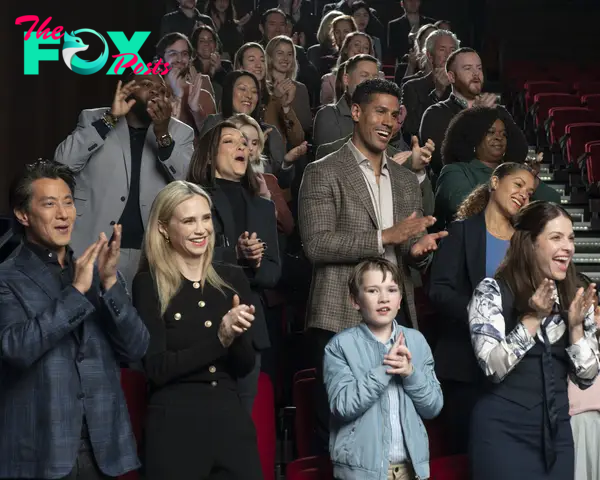
I’m cautiously optimistic about what might come next. While there are no promising big autistic-centric U.S. network shows premiering in the immediate future, there are a handful of streamable options that give me hope. Autistic actor Chloé Hayden’s portrayal of a queer autistic student in the Australian series Heartbreak High, available on Netflix, is considered one of the best autistic characters yet by a number of my fellow autistic writers. The Irish/British/Canadian/American family drama, A Kind of Spark, based on the book of the same name by author Elle McNicoll, gives viewers insights into the lives of its autistic characters and the imagination of its autistic creator. Dinosaur, a Scottish dramedy starring its autistic co-creator Ashley Storrie and currently streaming on Hulu, is both heartfelt and proof that autistic people are perfectly capable of laughing at ourselves when the jokes are funny. As great as these shows are, though, they’re only the tip of the iceberg when it comes to the kind of autistic stories that can and should be told on screen.
With a current prevalence of 1 in 36, autistic people are a large and mostly untapped audience—and potentially a significant talent pool, if we have access to the right resources and connections. We’re also a far more diverse population than pop culture has presented so far. There are autistic people of every race, gender, sexuality, and class. There are also autistic people who are interested in different genres, subcultures, and artistic media. That’s a lot of different perspectives and ideas that could make for excellent viewing in the future.
For seven seasons, millions of viewers were willing to open their hearts and minds to the idea that an autistic man could be a good doctor. Maybe they could save some of that space for the idea that we can be writers, actors, consultants, and viewers who want to see a piece of ourselves on TV, too.
-
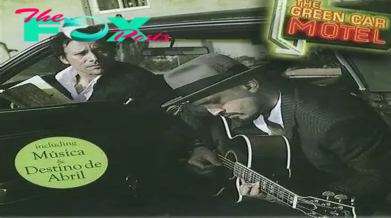
 Entertainment10m ago
Entertainment10m agoAmerica On CoffeeWe’re simply inviting you to take a timeout into the rhythmic ambiance of our breakfast, brunch and/or espresso alternatives. We’re blissful everytime you cease by.Vacation spot of April by The Inexperienced Automotive Motel (band)
-

 Entertainment3h ago
Entertainment3h agoRHOBH’s Mauricio Umansky Replaced a Photo of Kyle Richards on His Desk With One of DWTS’ Emma Slater
-

 Entertainment5h ago
Entertainment5h agoAmerica On CoffeeWe’re simply inviting you to take a timeout into the rhythmic ambiance of our breakfast, brunch and/or espresso picks. We’re completely satisfied everytime you cease by.Creole Espresso Recipes
-
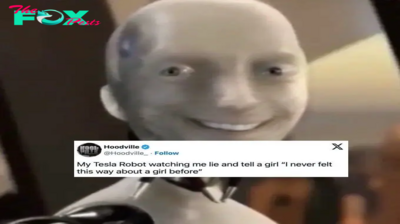
 Entertainment5h ago
Entertainment5h agoThe Best Internet Memes About Elon Musk’s Tesla Robot
-
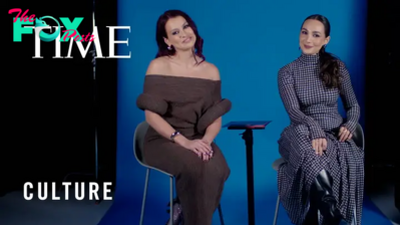
 Entertainment6h ago
Entertainment6h agoThe TikTok Duo Behind the Music in Moana 2 on Winning a Grammy and Working With Beyoncé
-

 Entertainment11h ago
Entertainment11h agoAmerica On CoffeeWe’re simply inviting you to take a timeout into the rhythmic ambiance of our breakfast, brunch and/or espresso picks. We’re pleased everytime you cease by.“BLONDIE – RAPTURE”
-

 Entertainment11h ago
Entertainment11h agoGladiator 3 Already in Works, Reveals Director
-
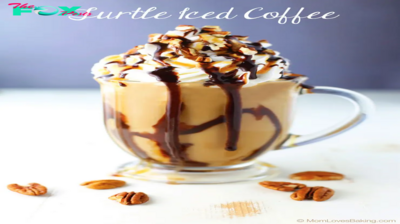
 Entertainment16h ago
Entertainment16h agoAmerica On CoffeeWe’re simply inviting you to take a timeout into the rhythmic ambiance of our breakfast, brunch and/or espresso picks. We’re comfortable everytime you cease by.Take pleasure in And, Chill out …
